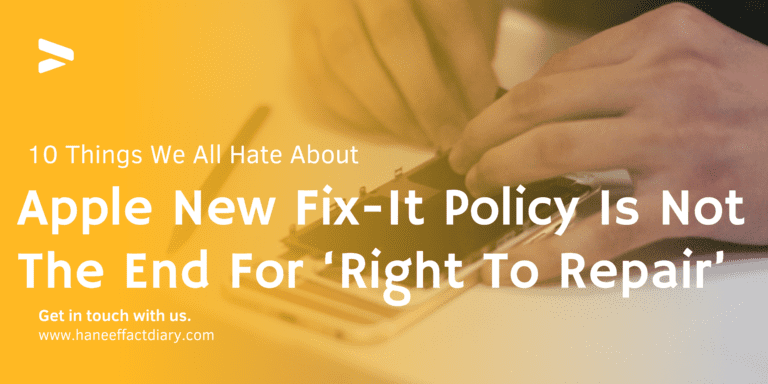What Happens to Online Return Orders, and how amazon deals with this issue 2022
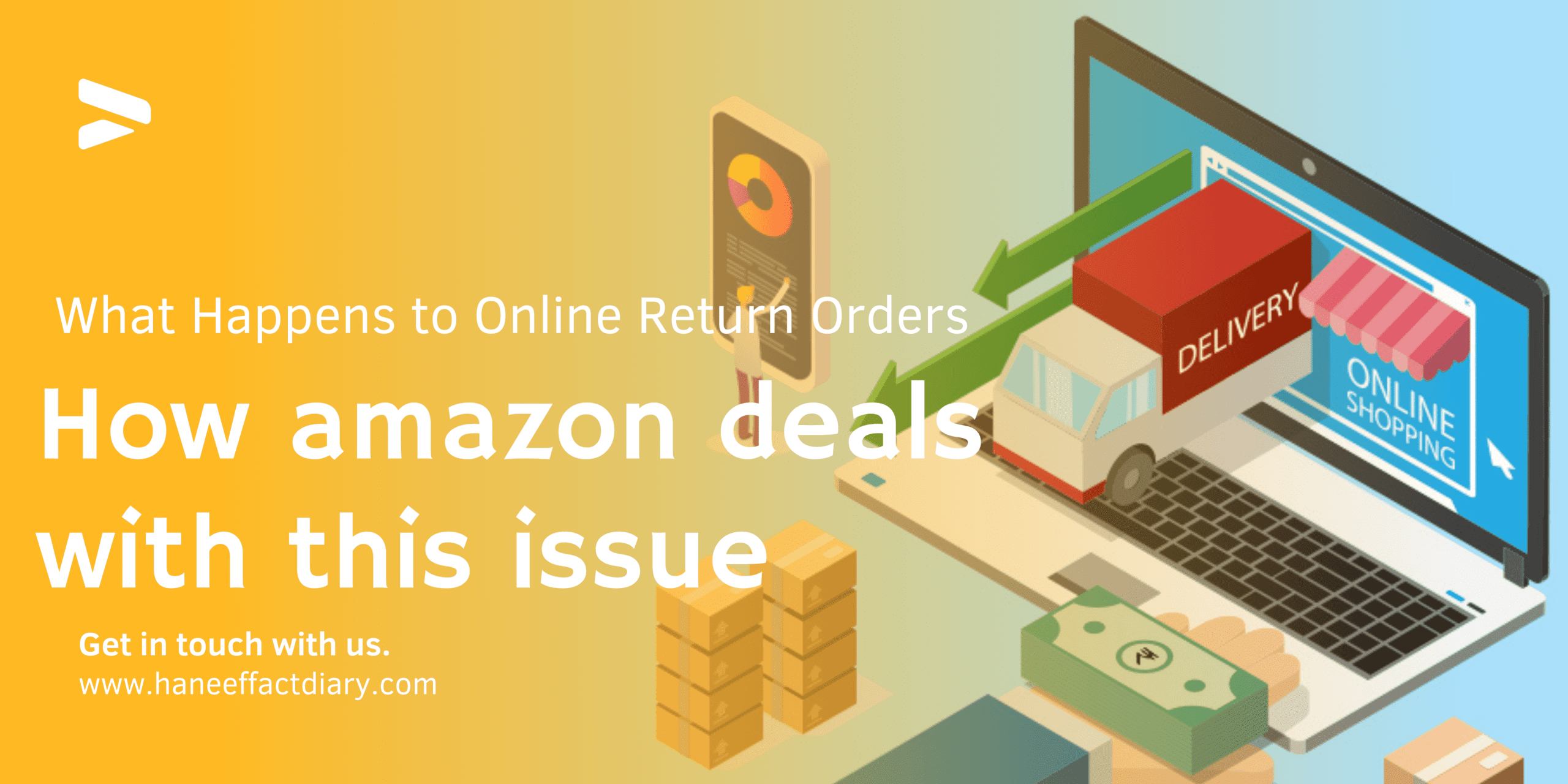
Online Return Orders and how amazon deals with it
Online Return Orders Sending back an online order has never been easier. It’s often free for the customer. Refunds can be instant. You can drop off Amazon items at Kohl’s, UPS or Whole Foods without boxing it up or even printing a label. Sometimes Amazon even tells you to keep it.
But the truth is, there’s no such thing as a free return. Somebody has to pay for that. It’s falling back on either Amazon or the third-party seller. It comes out of their bottom line and inevitably makes prices go higher. in 2021 $761 billion worth of merchandise was returned, and more than 10% of those returns were fraudulent.
And sellers told us they simply end up throwing away about a third of returns. From all those returns, there’s now nearly 6 billion pounds of landfill waste generated a year and 16 million metric tons of carbon dioxide emissions. That’s the equivalent of waste produced by 3.3 million Americans in a year.
UPS predicts a 10% increase in returns compared to last holiday season, meaning more waste and expense for all online retailers. At the head of the pack, Amazon has received mounting criticism over the destruction of millions of items. Now Amazon says it’s working toward a goal of zero product disposal.
It’s started refurbishing, reselling, and now sending pallets of returns to be auctioned off on the booming liquidation market. I thought I was getting a return box. Turns out I got a 423-pound pallet. Coffeemakers eight and nine. Couch cover number three. Couch cover number four.
Also Read: 10 Things We All Hate About Apple New Fix-It Policy Is Not The End For ‘Right To Repair’
Online Return Orders and Unwanted Holidays Gift
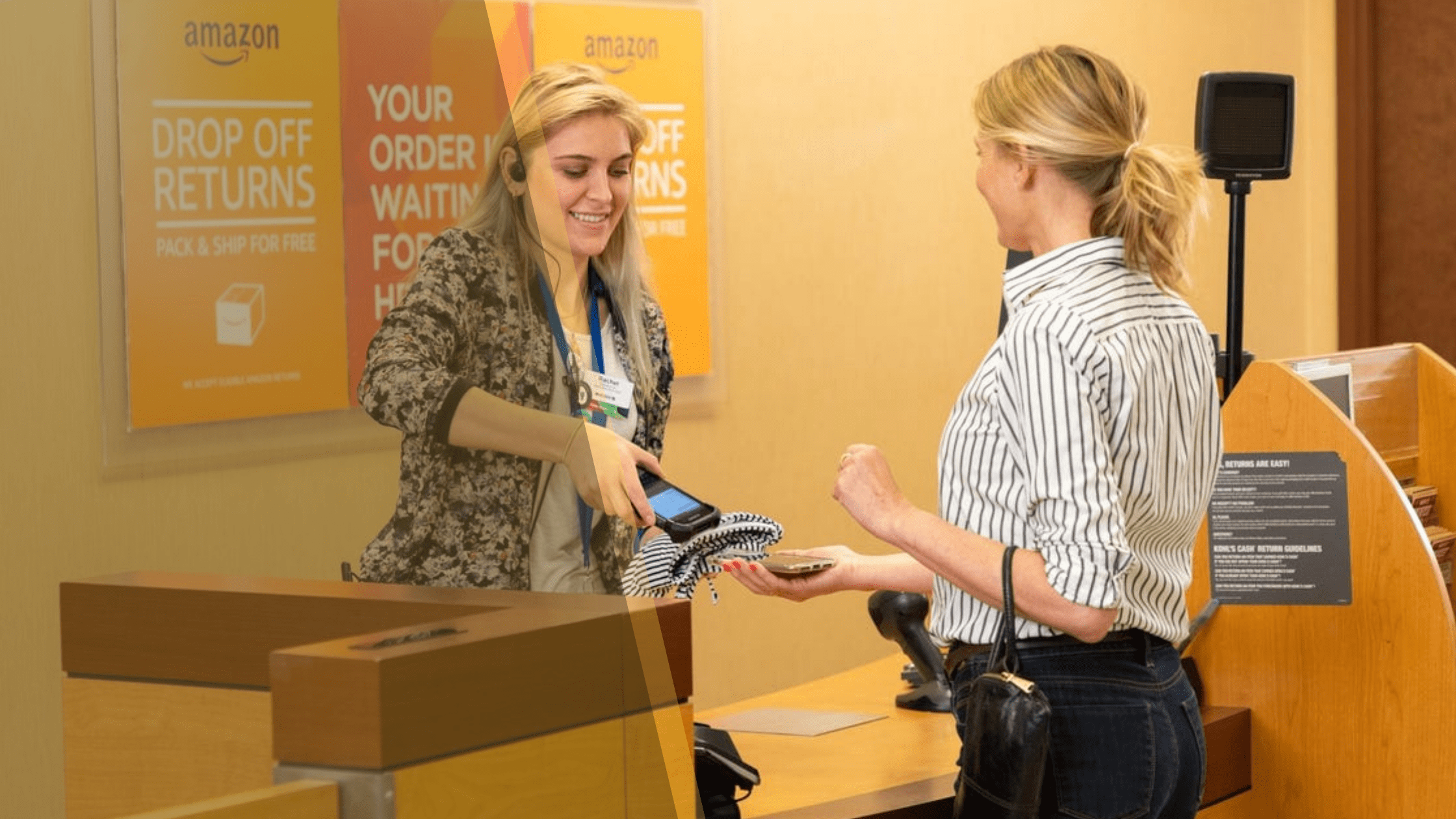
As unwanted holiday gifts flood the market, we wanted to find out what really happens to e-commerce returns. Before the rise of online shopping returns were simpler: buy from a store, return to the store, the item is inspected and usually put back on the shelf.
But returning online purchases is far more complicated and at least three times more likely says Tobin Moore, CEO of returns solution provider up Optoro E-commerce resulting in 25% of all goods sold being returned. Brick-and-mortar is about 7.5% per cent.
With online holiday sales up more than 11% over last year, returns numbers are breaking records. During the holiday shipping season from November 14 through January 22, UPS said it will handle 60 million returns, up from 55 million last year. It estimates that one in four Americans expect to make a return this season, and 41% expect to return three or more items.
Before the pandemic in 2019, Optoro estimated 67% of consumers preferred to return online purchases in a store. By October 2020, 60% preferred shipping items back. This year we’re expecting $120 billion of returns from the holiday season. And that number was at about $100 billion pre-Covid in 2019.
Also Read: Here’s What No One Tells You About What Does Apple Do With Old IPhones? 2022
E-Commerce Normalization of More Returns
The convenience of e-commerce has normalized shopping habits that lead to more returns. Wardrobing, where people will order the same thing in three different sizes to see which one fits and then they return the other two, not realizing that those other two, most of the time, don’t go back on that retailer shelves.
Categories like apparel see really really high return rates in the 10s of per cent. Oftentimes, we’re looking at something closer to 3%. Sellers we talked to, like former Amazonian Raunak Nirmal who now runs an Amazon aggregator with 40-plus third-party brands, average a 1% to 3% return rate.
Amazon wouldn’t share overall marketplace returns numbers, but they’re higher than Amazon anticipated. Here’s an item we’ve got. It’s a garland. Micah Clausen has been selling party supplies and home decor on Amazon since 2007, now at $10 million in annual sales there.
After Christmas, he got a message from Amazon that some of his unsold inventory, the elf has to be specific, would be stored in temporary on-site locations because of higher than expected volumes of customer returns. I guess it’s sitting out in a trailer in their parking lot and they can’t grab it easy and ship it back to us.
Also Read: Everyone Talks How Sephora Revolutionized Makeup Consumption? 2022
Return Orders and Amazon Storage Issue
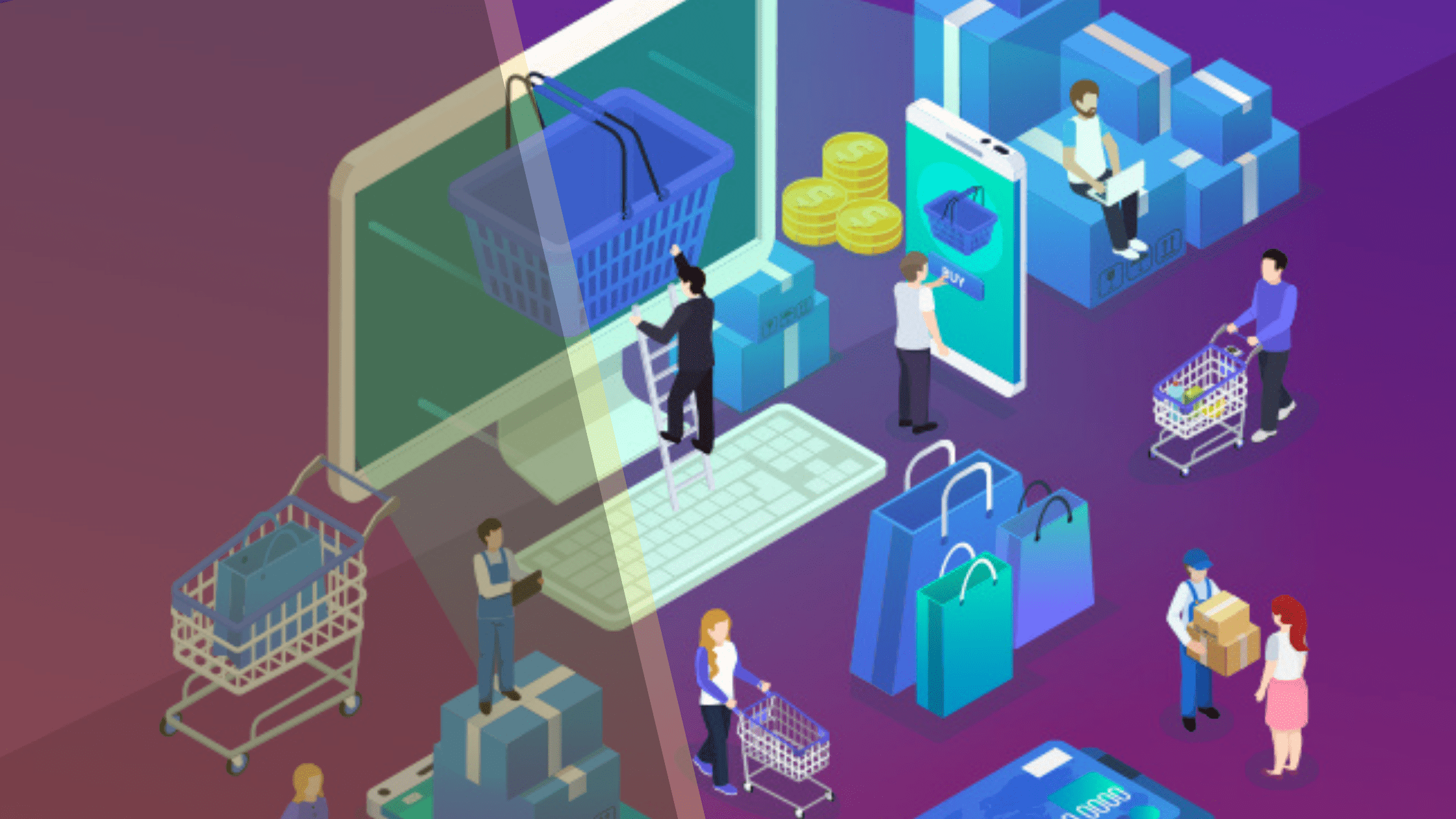
Amazon has since resolved the storage issue for Clausen. But it also just raised its seller fees on January 18th. We were making $4 on a sale. It was four-packs, so we were making $1 a hat. Anything I don’t sell, I lose $1.50 on just to get it back to my warehouse so I’m not paying storage on.
That gets to the point where that’s gonna probably be a discontinued item. Amazon has a lenient returns policy for the holidays, allowing most items purchased since October 1 to be returned through the end of January. Amazon and its sellers, like Joe Stefani, also increasingly let customers keep returns.
So if you buy let’s say a $9.99 sticker, if it costs us let’s say $3 to make it, it’s obviously a lot cheaper than the $5 to $6 it would cost to get the item back officially to us. The return process can cost up to 66% of the items original price. And as the supply chain crunch boosts the price of transport and manpower, that cost of returns is up more than 6% from last holiday season.
Last year, we estimated it cost us between $75,000 and $100,000 in returns, so you’re talking about some serious money. And then there are bad actors who take advantage of the increasingly no-questions-asked returns process, something America Martinez has seen during her returns centre work at Amazon, where she’s worked every holiday season since 2017.
I had some Beats headphones somebody sent. Those are expensive, and it looked like the box was not open. But if you look closely, the factory seal had actually been opened up. And so I just opened it up, I looked inside the box and there was just a cheap set of headphones inside. It’s a shower curtain.
Like some of the stuff looks and smells like it was actually used. And then they just went and returned it 30 days later. Oh no. Those are definitely worn. What’s happening more and more now is that those people are being tracked and you won’t have the same returns privileges in the future.
Also Read: The Rise Of The Robotic Working Dog 2022
Order Windy Costly Reverse Logistics Journey
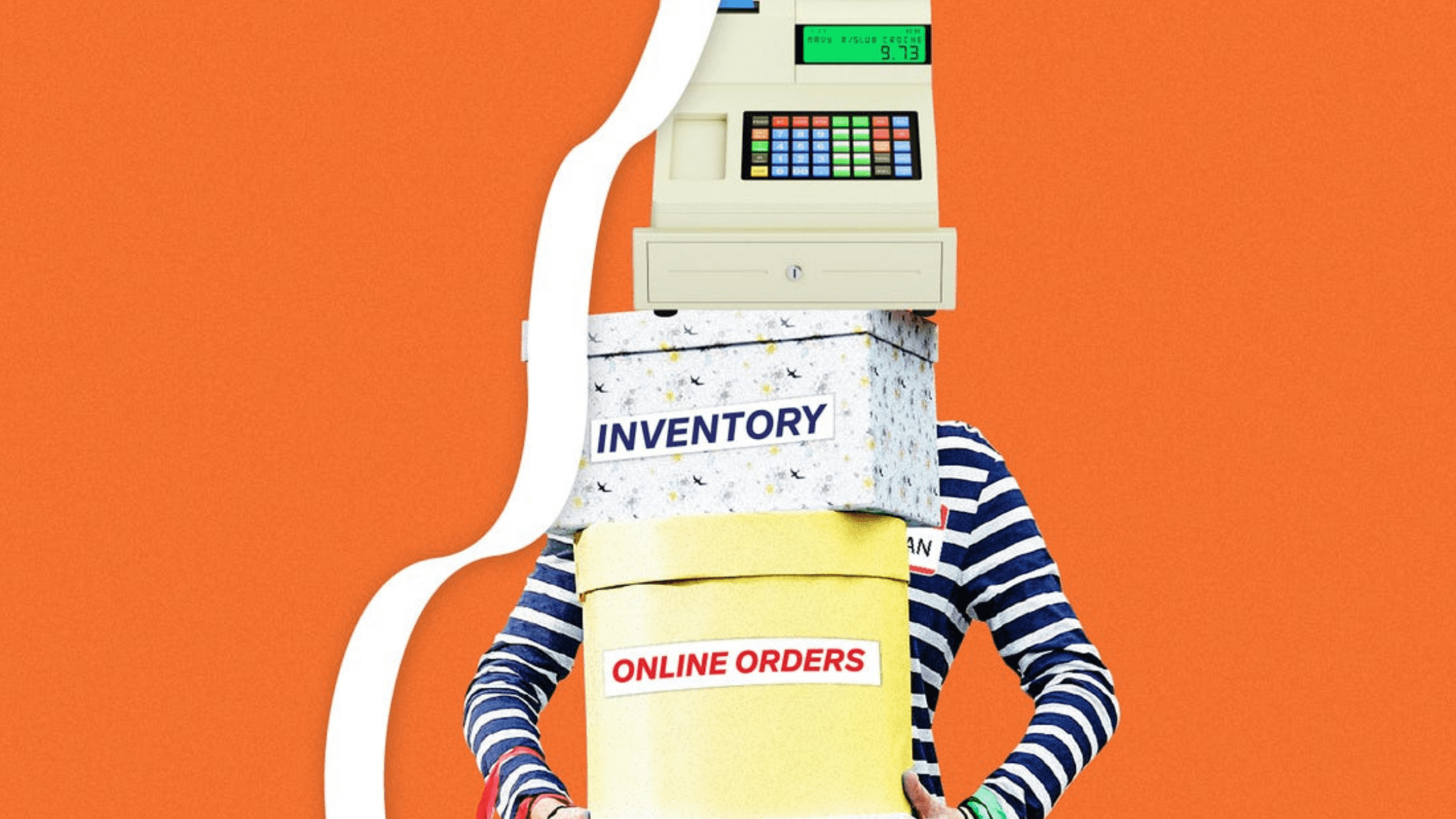
Legitimate or not, each return goes on a winding, costly reverse logistics journey adding to carbon emissions at each node. This is true even when an item bought on Amazon is returned to a store because there’s no place on the Kohl’s shelf for that item not originally sold by Kohl’s.
So almost all online returns get sent to a warehouse specifically designed to handle them. And when it gets to our facility, it’s coming off the trucks straight onto those conveyors and we’re the first people to get it and open it and see what’s inside. Returns centres like the one where Shay Machen works are usually older designed buildings, larger than forwarding logistics facilities, but with lower ceilings because varying size pallets makes returns unsafe to stack.
They’re concentrated in centrally located industrial markets like Phoenix, Las Vegas, Ohio or Tennessee. It’s gonna show the actual customers notes and everything in there saying why they didn’t want this item or couldn’t keep the item or whatever. You look at the item and figure out what it is. Is it the right item? Is it open? Is it closed? Is it used? Is it damaged? You know, what’s going on? Machen says they have about a minute to give items and initial inspection.
Then algorithms determine what happens next. The computer will go through a series of questions that you have to answer about the item. It could be looking at it. It could be looking for factory seals or damages, spills, leaks, all that kind of stuff. And then depending on what it comes up with, with those questions, the computer will determine where this item needs to go.
If it’s a new product, Amazon will allow that product to get resold on the listing as new, but it really needs to be in pristine condition for that to happen. And that’s rarer than you would expect, even if the customer hasn’t used the product at all.
Also Read: 7 Reasons Why People Like Bitcoin, Crypto For Beginners.
Online Return and Amazon Return Seller Options
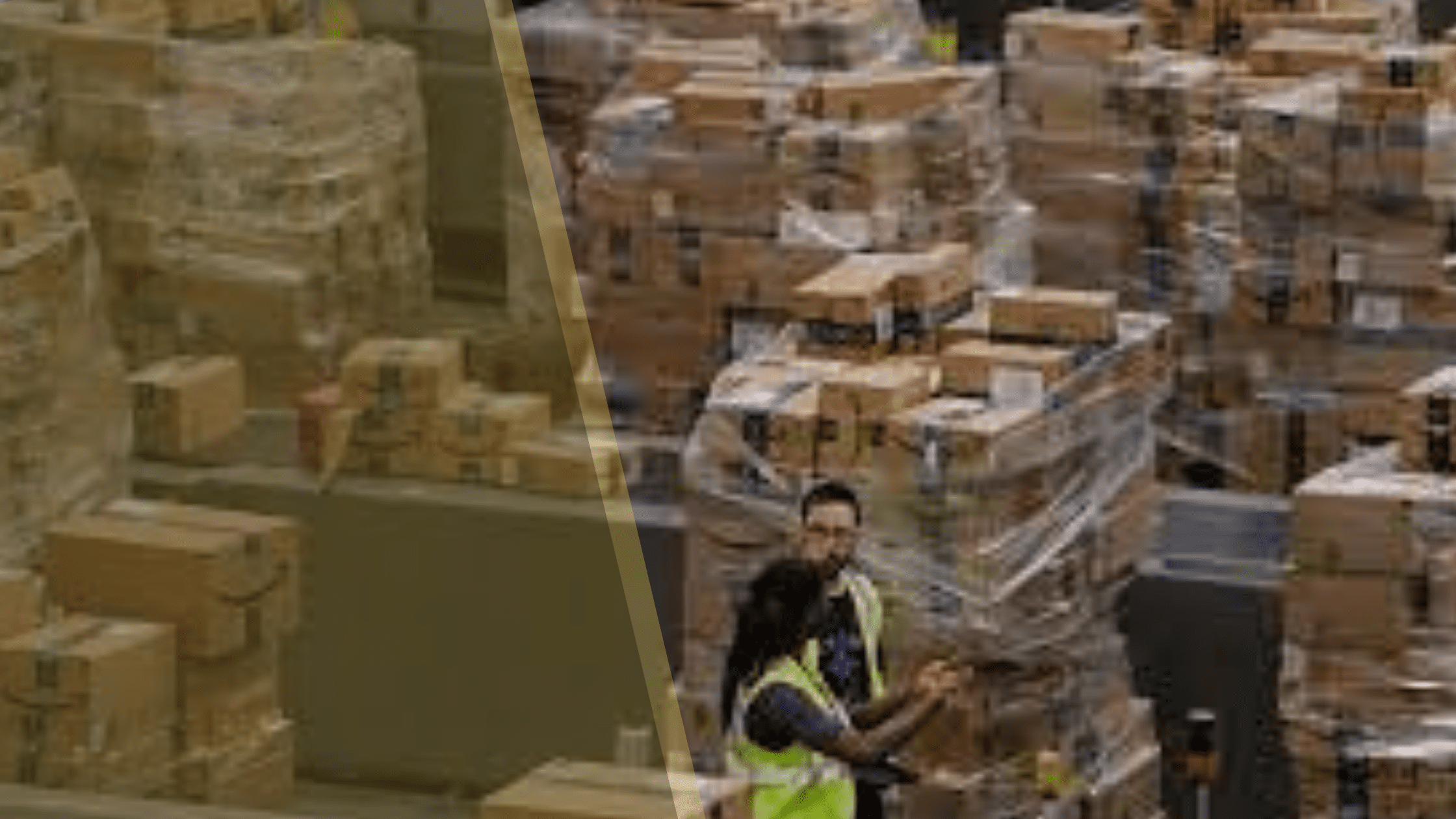
When it can’t be sold as new, Amazon gives the seller up to four options for what can be done with a return, each with a fee. Return to seller, disposal, liquidation or by invitation only, for now, FBA grade and resell, which we’ll get into later.
With that first return to seller option, the return leaves the Amazon warehouse for several more legs on a truck, plane or cargo ship. It heads back to the seller for further processing. Then it could head back to another Amazon warehouse for sorting and repacking.
Then on to a new customer who could always choose to return the item again. You’re essentially forced to decide if you want to recall that inventory to your warehouse, which is an expensive process, repackage it yourself and then ship it back into a warehouse to sell, which doesn’t make sense, I would say 80% to 90% of the time.
Or you could choose to dispose of it. Disposal is an all too common fate for returns from many of the biggest online retailers. Amazon says it sends no items to a landfill, but as a last resort, sends items to energy recovery. This means it’s burned.
Or in the words of the Environmental Protection Agency: the conversion of non-recyclable waste materials into usable heat, electricity or fuel through a variety of processes, including combustion, gasification, pyrolyzation, anaerobic digestion and landfill gas recovery. Lower value items get destroyed more often.
You’ll see fashion items potentially get destroyed actually a fair amount if they’re not new. And consumer electronics items, you’ll see 70% of them can’t go back to stock because the seal’s open. The thing that really shocked me was the items that the computer system tells you to destroy.
There were things that I felt were still worthwhile. Like I had a book come back, it was a children’s book. And the customer said that it was smashed upon arrival and bent and it was not. And no matter what I put into the system, it said to destroy the item. And that was kind of heartwrenching a little bit, you know.
I had a couple of video games come through like that, the same thing. Because the factory seal was broken, even though there was nothing wrong with the item, it said to destroy it. And you know, we see it just as a cost of doing business on Amazon. Last year, Stefani says he did $8 million of sales of official branded non-apparel items like stickers, flags and license plate holders on Amazon.
We’re a licensee of some of the biggest brands out there like the NBA, the NHL, 675 colleges and universities, musical acts like Ozzie Osborn. How do you think the NBA, the NHL, would feel if there’s like Laker stickers you know being liquidated? They probably wouldn’t like that.
Also Read: 10 Reasons Why People Love What’s Coming In WordPress 5.9
Online Return Orders and Disposal Options
For Stefani’s merchandise, disposal is often the best option. Because you just can’t tell if someone took like a Chicago Bulls main logo sticker off the sheet of stickers and put it back on, so those almost always get thrown out. Sellers say the fee that Amazon charges for disposal can be a third the cost of other options.
We save extra money by just doing the disposal option because they don’t charge us as much to dispose of an item. Disposal of returns is not just an Amazon problem. Luxury retail brands like Burberry have been criticized for burning millions in unsold merchandise to protect their brands.
A Danish TV station reported H&M burned 60 tons of new and unsold clothes since 2013. Richemont, the owner of high-end jewellery brands like Cartier admitted to destroying hundreds of millions worth of watches in two years. Similar claims have hit Urban Outfitters, Michael Kors, Victoria’s Secret and J.C. Penney.
You know, it’s the easiest thing to do. And too, sometimes certain brands do it because, you know, they want to protect their brand and they don’t want lesser valued items out there on the market. One solution is to speed up the reverse logistics process.
On average, we see that it can take 30 to 60 days for a retailer to receive a return, process it, figure out where it needs to go. By the time that gets back to stock, you’ve missed the season and it’s either not carried anymore, or it’s marked down 50%. Facing criticism for destroying merchandise, some brands have also found creative ways to upcycle returns, making them into new items of value.
Also Read: The Story Of How To Run Windows In The Cloud (seriously Cheap VPS Hosting) 2022
Online Returns and Turning of Orders into other Products
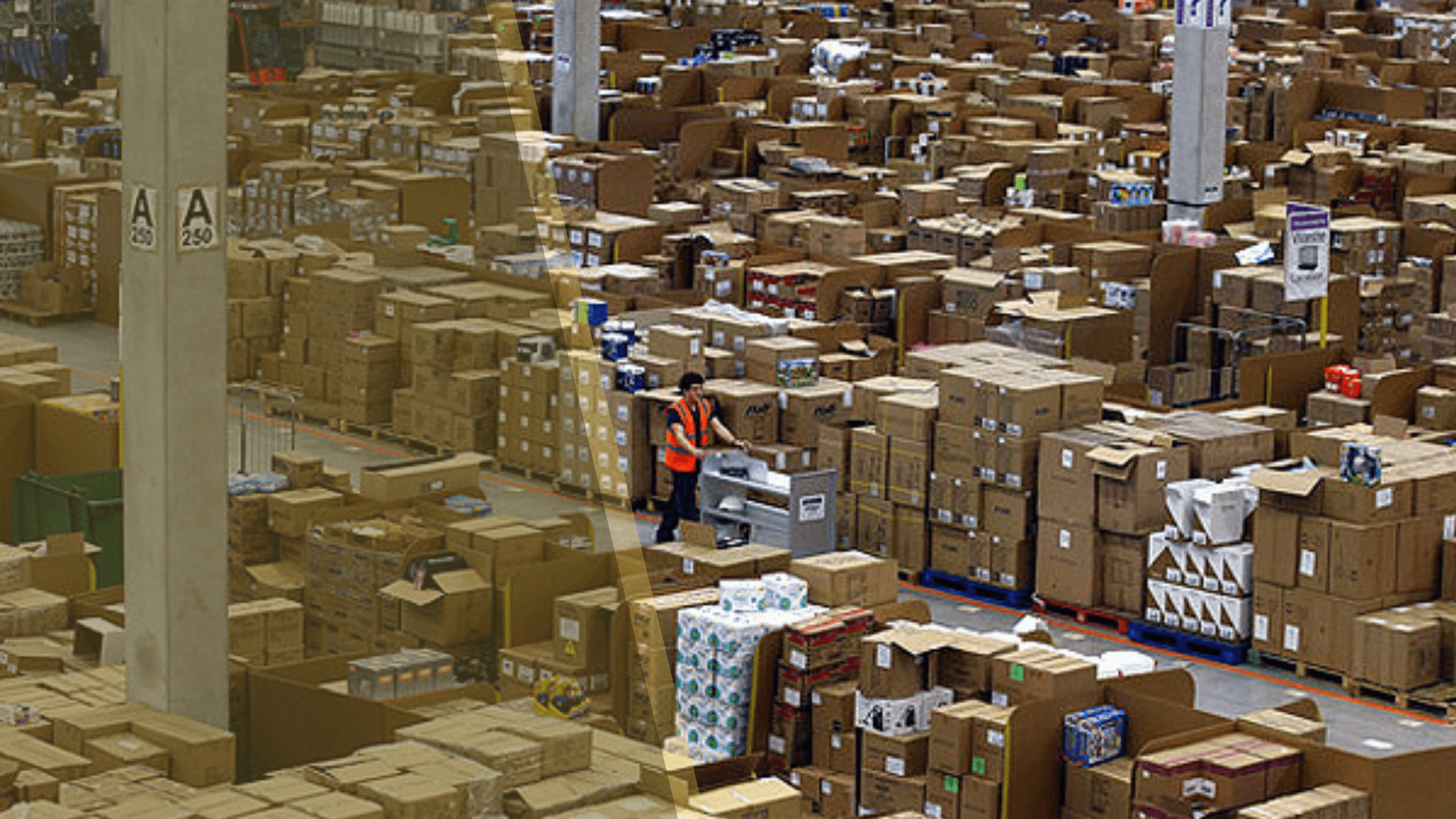
You know, turning their purses into yoga mats. Or some of the shoes they can’t sell might end up being ground up and turned into tracks. It does take energy to grind and turn items into other items. I think first and foremost if you can sell it in its original form, that’s the best scenario for the environment.
Indeed, Amazon says it’s working toward a goal of zero product disposal. For certain electronics like Amazon devices, phones and video games. Amazon gives customers the option to send them to a certified recycler, or trade them in for Amazon gift cards.
And since 2019, Amazon’s FBA donations program allows sellers to automatically offer eligible overstock and returns to charity groups through a nonprofit network called Good360. Amazon says more than 67 million items have been donated so far.
Brands are embracing that selling us stuff which used to be looked on as just dirty is now actually environmentally the right thing to do, and it’s embraced a lot by the younger generations are buying many more used items.
But in June, British broadcaster ITV reported that Amazon was destroying millions of items at one UK warehouse, things like TVs, laptops, drones and hairdryers. In response, Amazon added two new options for sellers meant to rehome returns rather than dispose of them. First, there’s liquidation.
Also Read: 10 Reasons You Should Fall In Love With How El Salvador Is Mining Bitcoins With Volcanoes 2022
Return Orders and Unsold Inventory
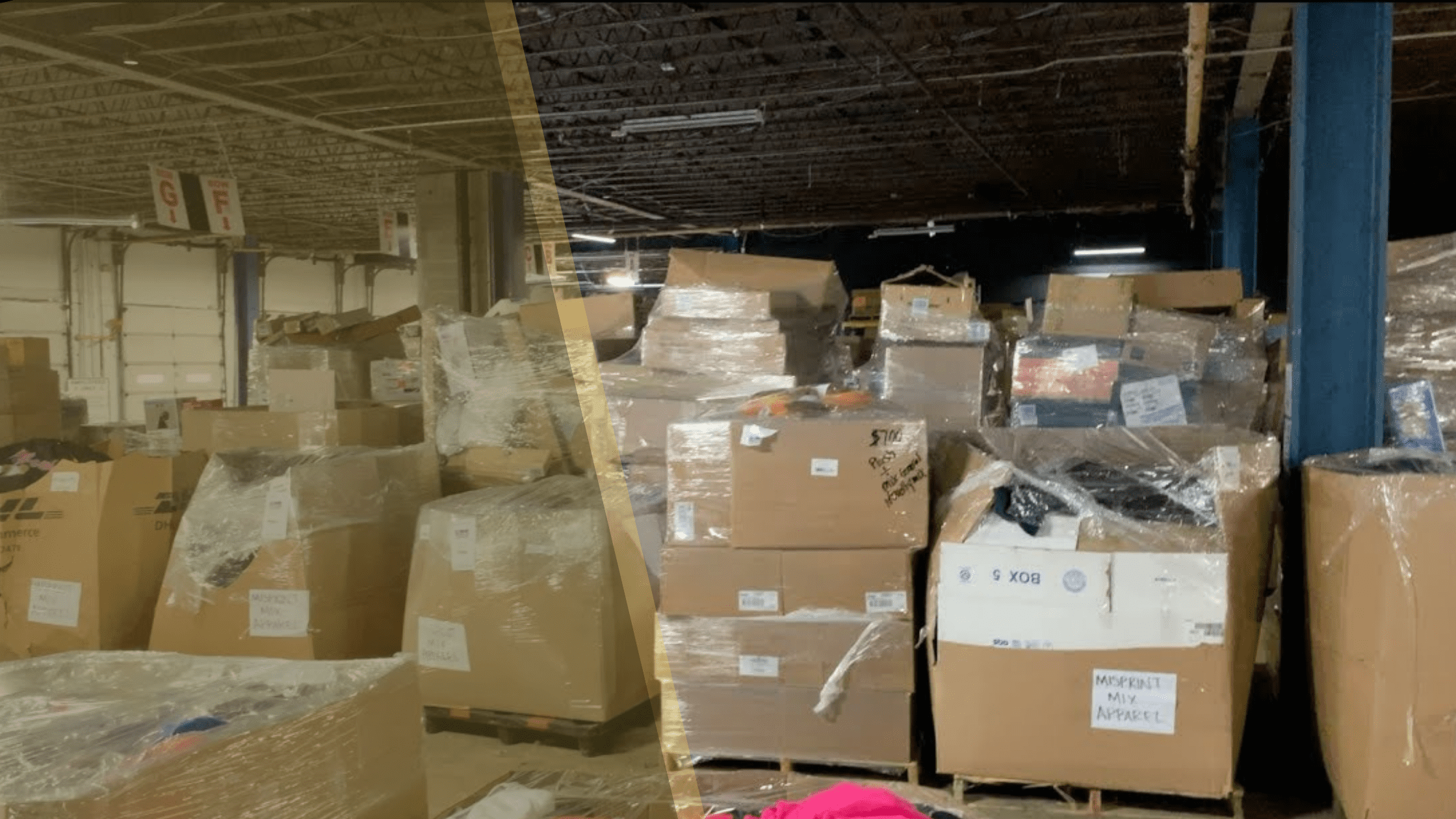
Historically we have taken those returns, that unsold inventory, those sorts of things, from those online retailers, sold them by the truckload to resellers. So your Craigslist, your eBay resellers, your flea market vendors. You can recover about 5% of your sale price if your product can get liquidated, and that’s a great, great option because then you’re not throwing it away.
And at the end of the day, it will end up in someone’s hands who can hopefully use it. So all this stuff was supposedly worth almost $10,000 and guess how much I paid for it? $575, a 94% savings. But let’s open it. YouTube creators like Hope Allen have built a following from finding online deals.
And liquidation pallets have become a popular trend. There were definitely some items in the pallet that, it was actual trash, but then there were other items like a UGG robe. Or like some nice heated winter gear that I’m like, really? They didn’t think this was worth restocking? This is like a $300 coat.
Amazon and other major retailers like Target, Walmart, Costco, Best Buy, Macy’s, Wayfair and more partner with liquidation marketplaces like B-Stock, which auctions off unwanted inventory to resellers by the pallet or even truckload. For one of our clients at one time, I think we auctioned something like 42 truckloads of floor tiles in one lot.
From a value standpoint, we’ve sold lots of cell phones that have been north of a million dollars in a single auction. It’s like a fancy version of dumpster diving, but slightly more promising, safer and more legal. This is a good jacket though.
Tag still on it, $50. Amazon also partners with Liquidity Services, which allows regular customers like Allen to bid on pallets of returns on Liquidation.com, or to pick up individual items at a new direct-to-consumer AllSurplus Deals warehouse that opened in Phoenix in October.
Also Read: Here’s What No One Tells You About What Does Apple Do With Old iPhones? 2022
Return Orders and Auction of Return Orders
All over auctions start at $5. It is a single item. We have a lot of furniture, a lot of baby products, baby gates, quite a bit of electronics and then outdoor and fitness. Lots of bikes. The fourth and final option Amazon is trying out is an invitation-only Grade and Resell program for certain returns.
Amazon gives the item a grade: like new, very good, good or acceptable, then resells it on special sections of its site. There’s Warehouse Deals for used goods, Amazon Renewed for refurbished items, Amazon Outlet for overstock, and a tongue-in-cheek daily deal site called Woot! that sells a $10 bag of crap and describes itself as a wild outpost on the fringes of the Amazon community.
These are a really good way of handling returns in a more sustainable way rather than destroying them or putting them in a landfill. It’s definitely changed my mind as far as how much I shop.
Now when I buy something and I don’t like it, I usually try to figure out something else to do with it like give it to a family member or resell it to somebody that I know would like it, rather than return it all the time.
Also Read: Everyone Talks How Sephora Revolutionized Makeup Consumption? 2022




